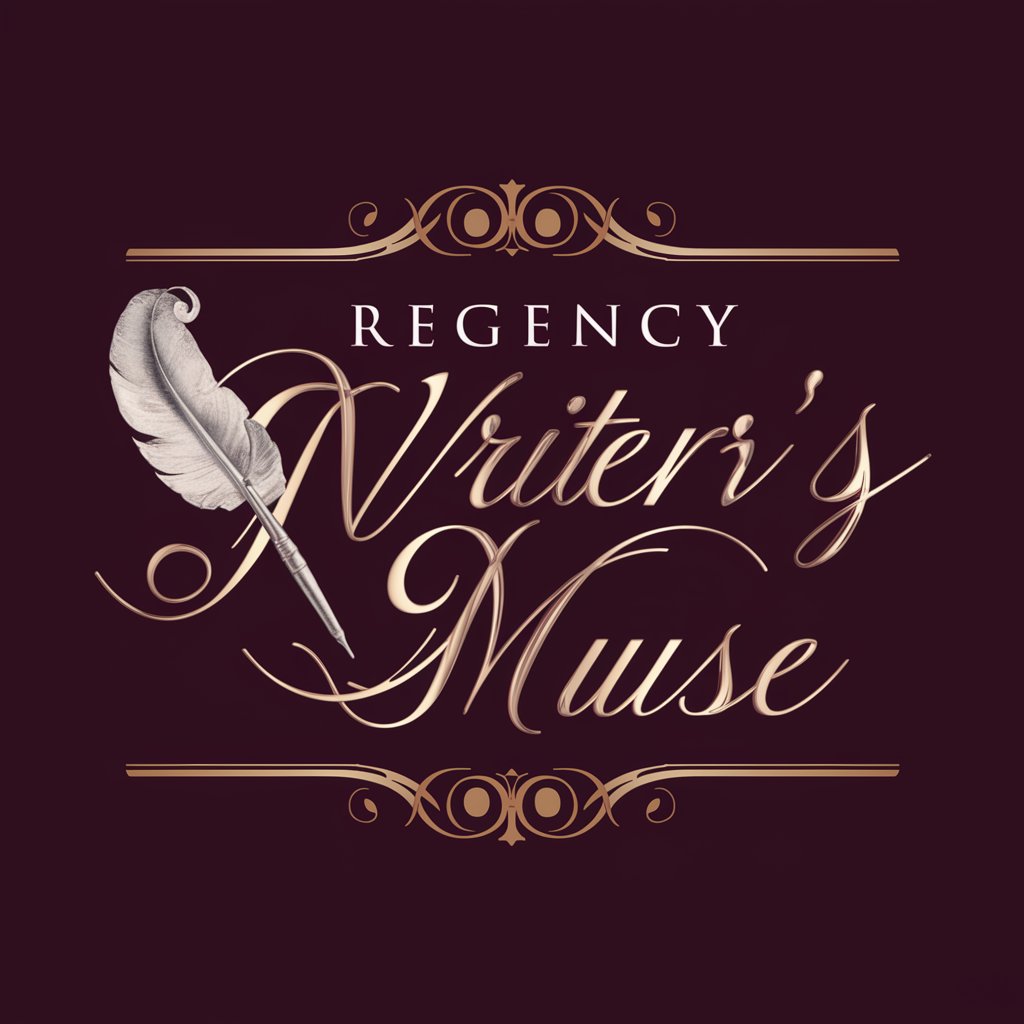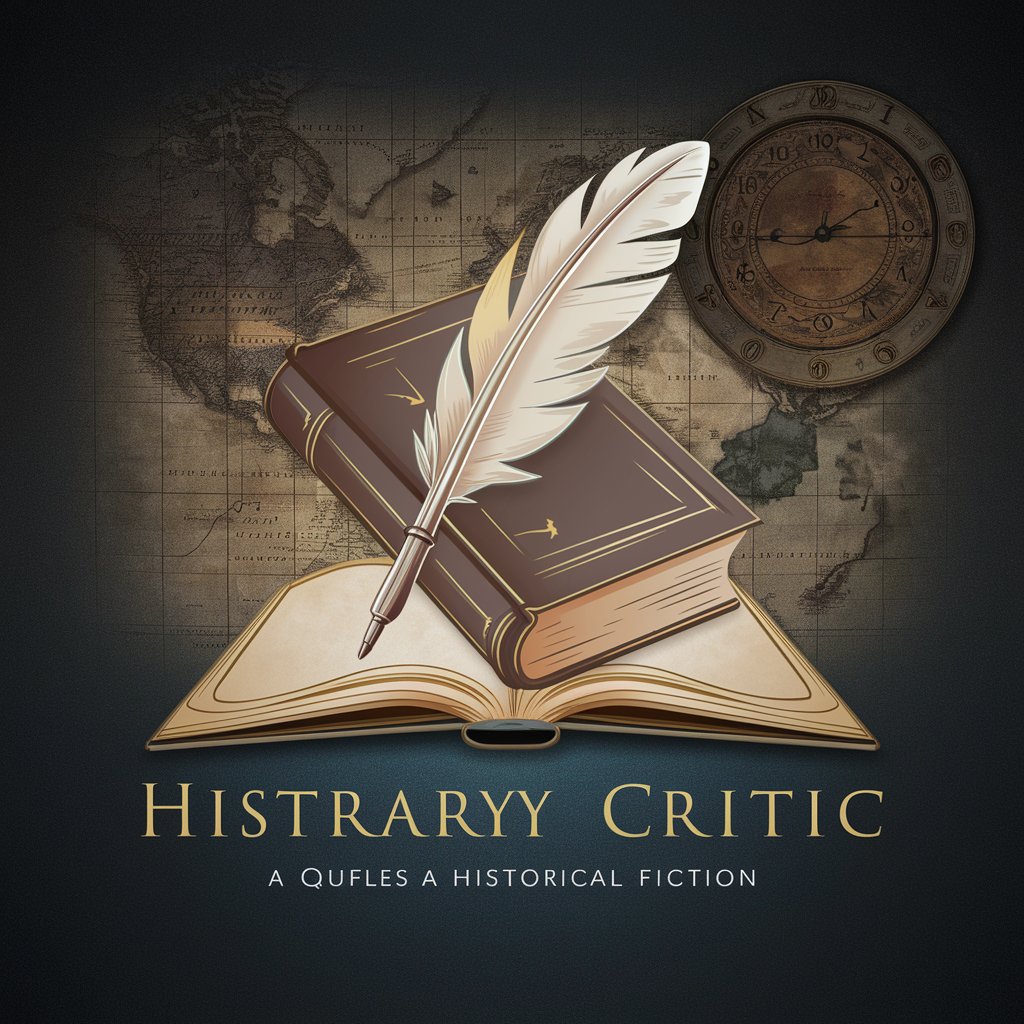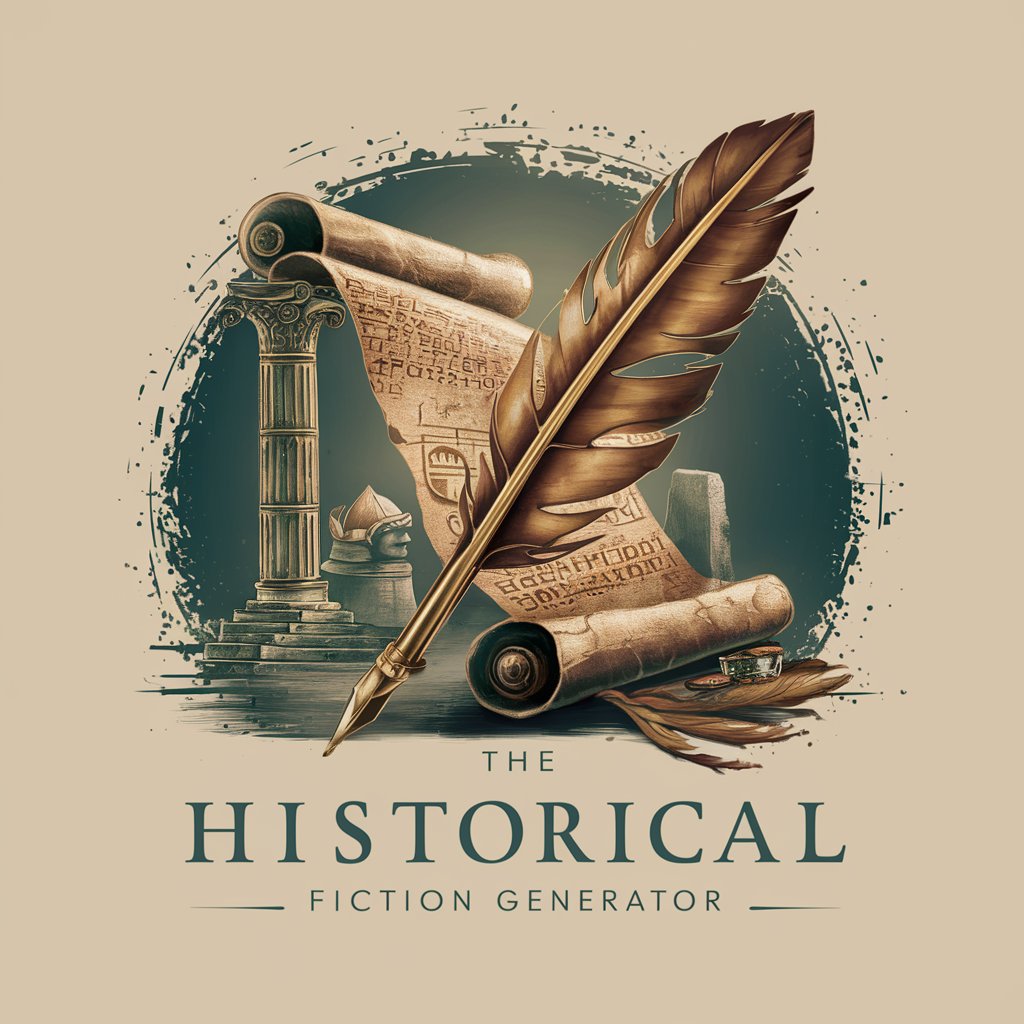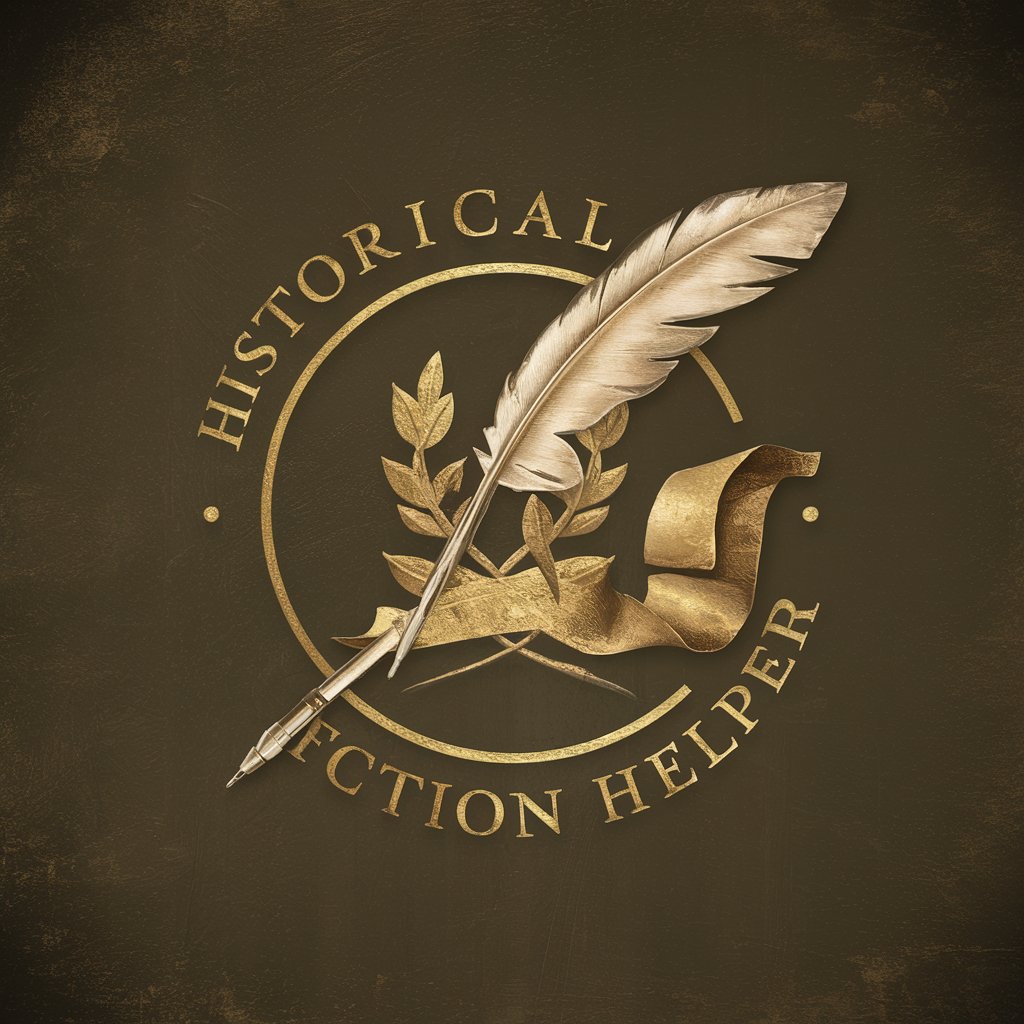
Tudor Court Historical Fiction - Tudor Era Immersion
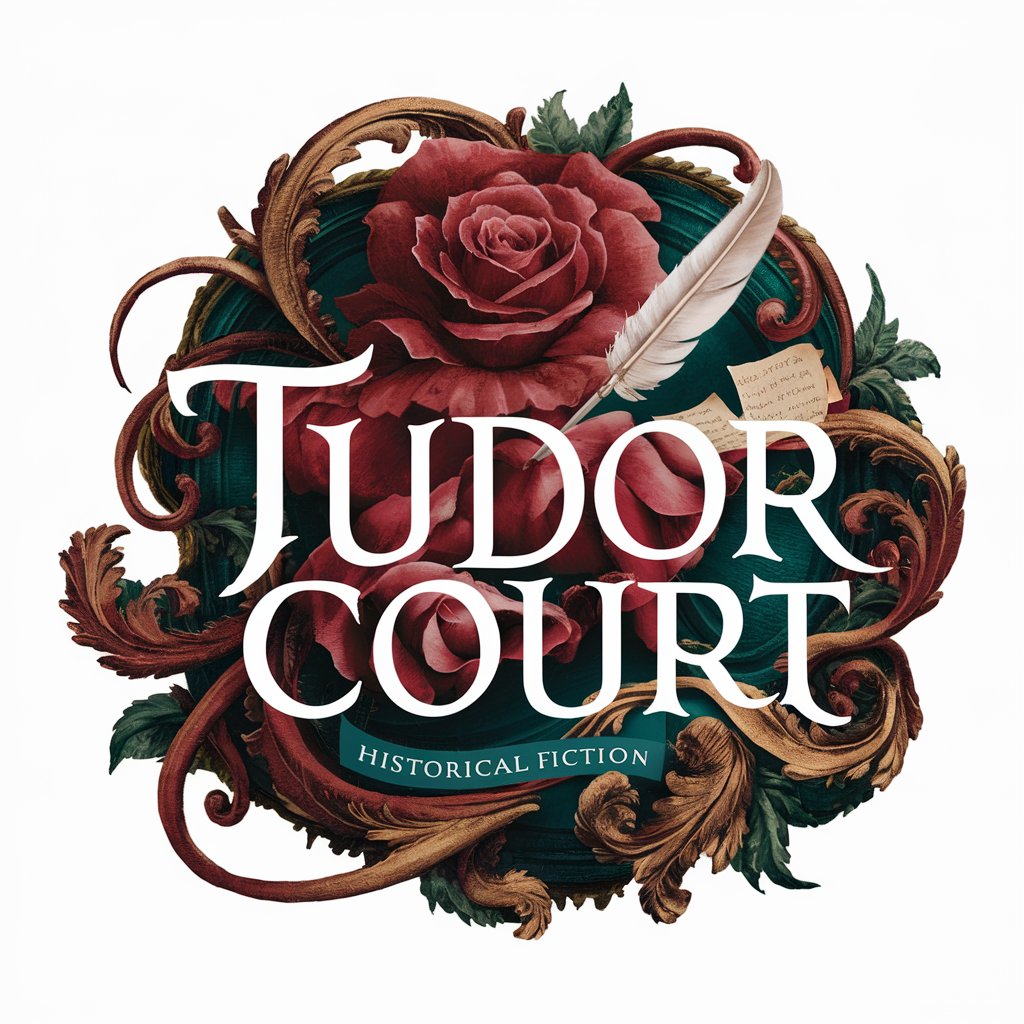
Welcome to the world of Tudor Court Historical Fiction.
Bringing Tudor History to Life with AI
Describe a banquet at the court of King Henry VIII, focusing on the food, entertainment, and atmosphere.
Write a dialogue between Anne Boleyn and Thomas Cromwell discussing political strategy.
Create a scene where a young noblewoman prepares for her first introduction at court.
Detail the daily routine of a courtier serving Queen Elizabeth I, including their duties and interactions.
Get Embed Code
Tudor Court Historical Fiction: An Overview
Tudor Court Historical Fiction is a specialized GPT model designed to immerse users in the rich tapestry of Tudor-era England, offering insights and creating narratives that capture the essence of life at the Tudor court. This model is adept at crafting stories, dialogues, and scenarios that are deeply rooted in the historical context of the 16th century, focusing on accuracy and the elimination of anachronisms. It serves as a bridge between the past and the present, allowing users to explore the complexities of Tudor politics, society, and culture through engaging and historically informed narratives. For example, it can generate a story about a day in the life of a courtier navigating the intrigues of Henry VIII's court, or develop dialogue between historical figures discussing a pivotal event. Powered by ChatGPT-4o。

Core Functions of Tudor Court Historical Fiction
Creating Immersive Narratives
Example
A detailed account of the political intrigue surrounding Anne Boleyn's rise and fall, blending factual historical events with rich, imagined dialogues and interactions.
Scenario
A user requests a story set during the pivotal moments leading up to Anne Boleyn's arrest, focusing on the atmosphere at court and the reactions of various historical figures.
Crafting Authentic Dialogues
Example
Dialogues between Thomas More and Henry VIII on the matter of the king's divorce, reflecting the period's linguistic styles and the historical context of their relationship.
Scenario
An author seeks inspiration for a novel and requests dialogues that could realistically occur between Henry VIII and Thomas More, capturing the tension and complexities of their interactions.
Setting Historical Scenes
Example
Descriptive scenes of a lavish Tudor feast, including the attire, food, music, and customs, accurately portraying the opulence and social dynamics of the time.
Scenario
A screenplay writer working on a Tudor-era film needs detailed descriptions of a royal banquet at Hampton Court Palace to ensure the set design and script reflect the period's authenticity.
Who Benefits from Tudor Court Historical Fiction?
Historical Fiction Writers
Authors and playwrights looking for accurate depictions of Tudor court life to inspire and inform their works. They benefit from the service's ability to provide historically accurate dialogues, settings, and narratives that enhance the depth and authenticity of their stories.
Educators and Students
Teachers seeking to bring history to life in the classroom and students studying the Tudor period. The service offers engaging narratives and detailed descriptions that can complement traditional teaching materials, making the historical context more accessible and engaging.
History Enthusiasts
Individuals with a passion for history, especially the Tudor period, looking for a deeper understanding of the era beyond textbooks. These users appreciate the nuanced storytelling and detailed reconstructions of daily life, politics, and culture at the Tudor court.

How to Utilize Tudor Court Historical Fiction
Begin with a Visit
Commence your journey by accessing yeschat.ai for an introductory trial, free of charge and without the necessity for ChatGPT Plus or account creation.
Identify Your Interest
Consider what aspect of Tudor court life intrigues you the most—be it politics, daily life, notable figures, or cultural practices.
Formulate Your Inquiry
Craft a specific question or scenario you wish to explore within the Tudor era, ensuring clarity to receive the most accurate and rich information.
Engage with the Tool
Interact with Tudor Court Historical Fiction by asking your formulated question or presenting your scenario, engaging with the provided insights and narratives.
Explore Further
Use the insights and narratives as a springboard to delve deeper into the Tudor era, asking follow-up questions or exploring related topics for a comprehensive understanding.
Try other advanced and practical GPTs
King Henry Chat
Reviving Tudor Wisdom with AI
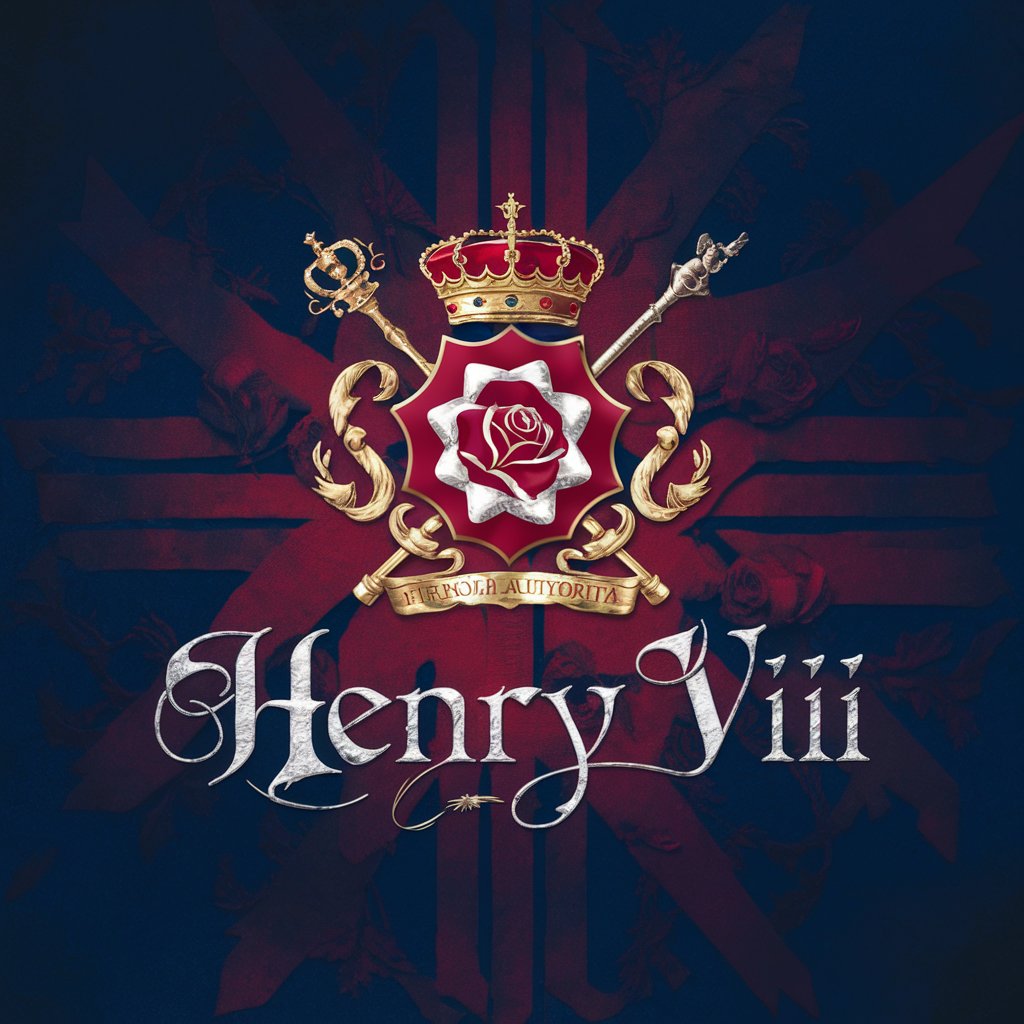
King Henry VIII
Revive the Tudor Monarch’s Wisdom

Henry VIII
Dive into Tudor history with royal guidance.
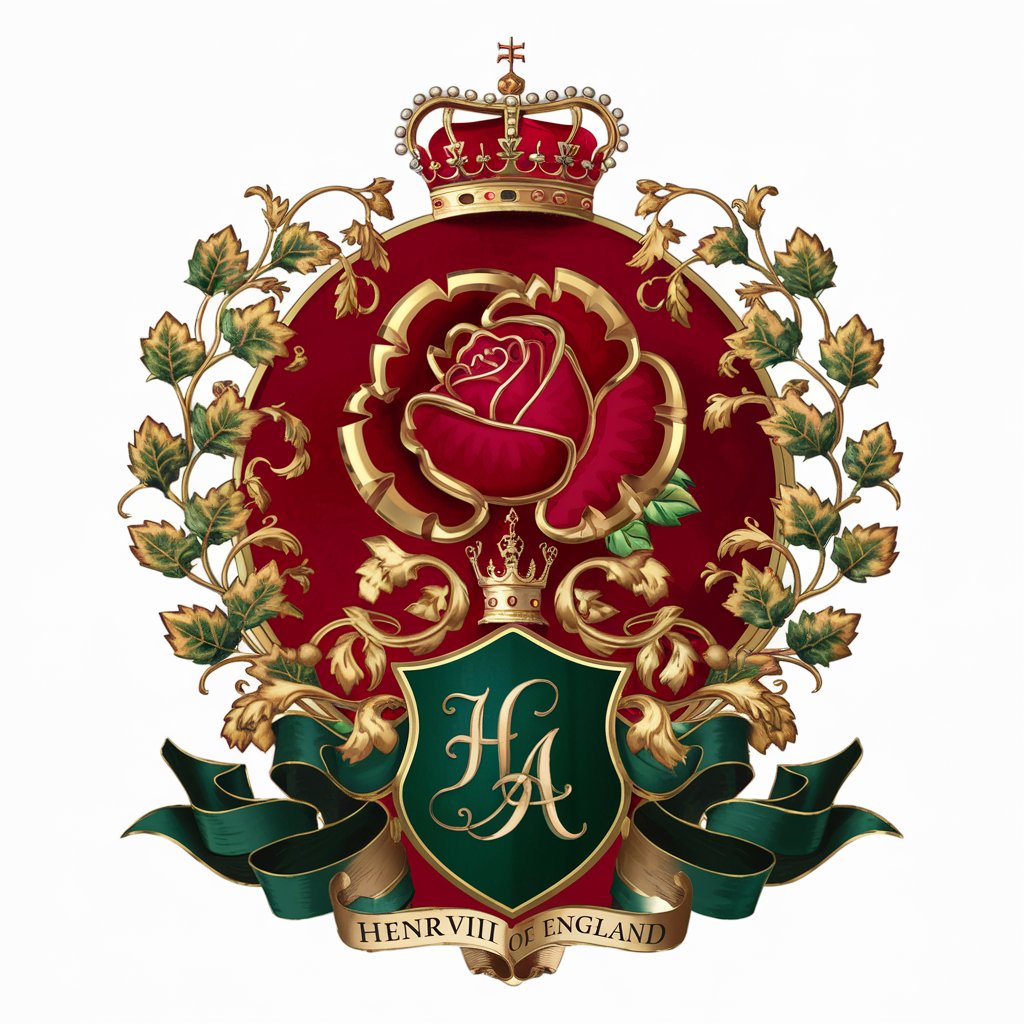
Narrate Book (Reader/Audiobooks)
Transform Textbooks into Audiobooks with AI
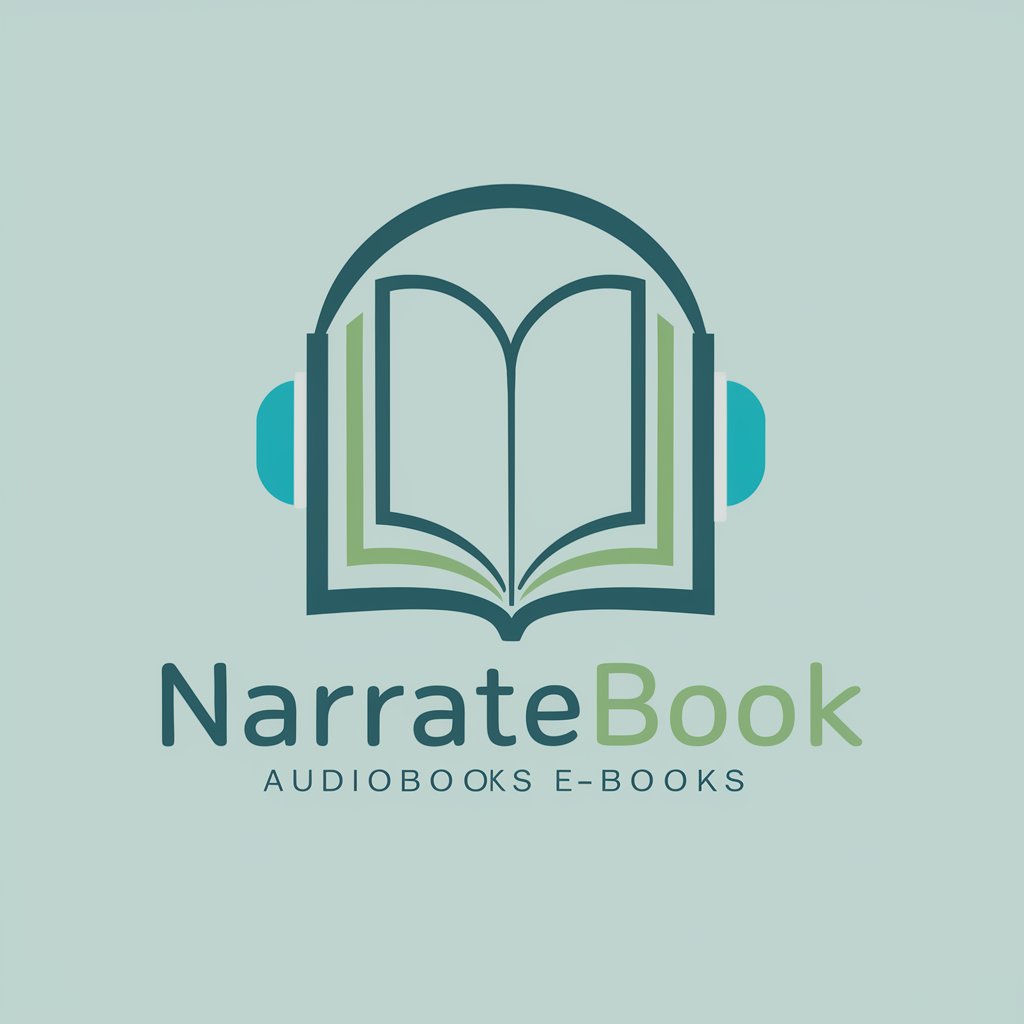
Narrate Story
Shape Stories, Ignite Imagination
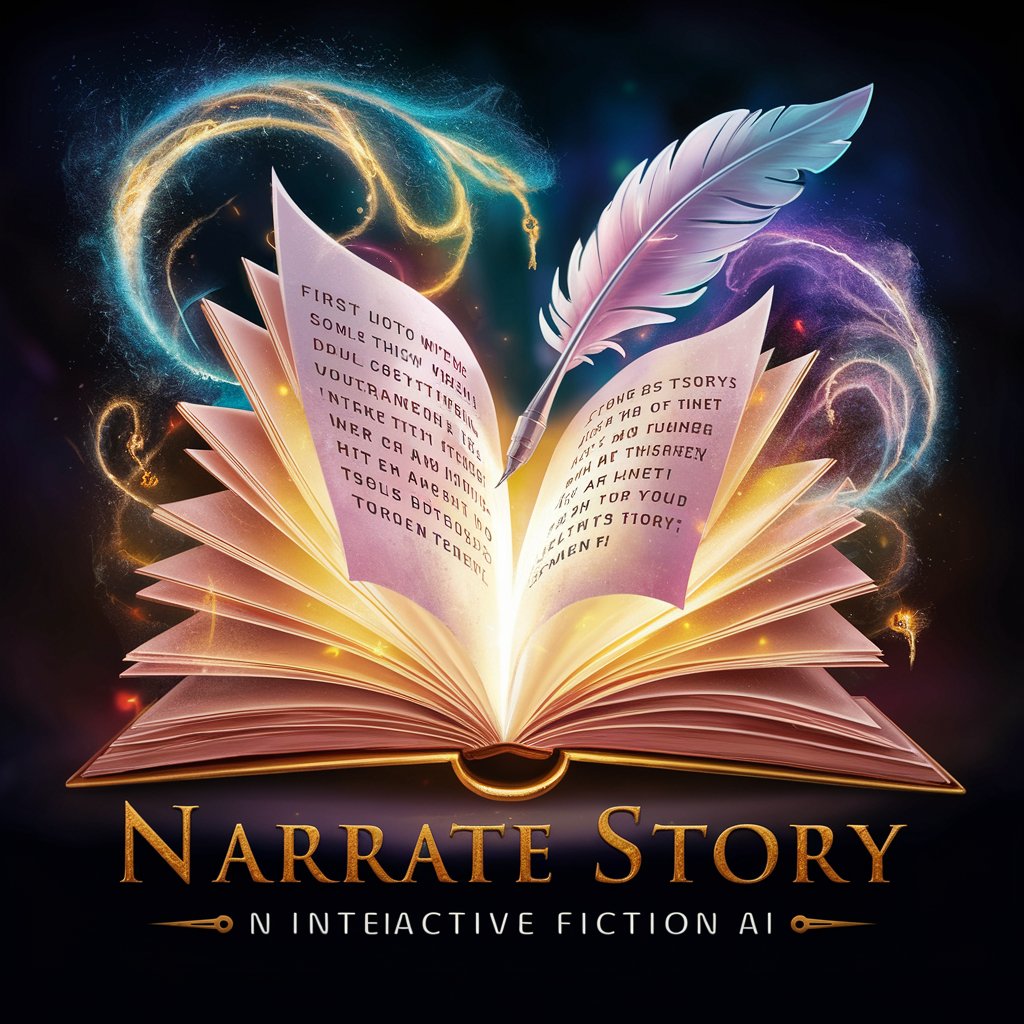
Narrated Process Documentor
Transforming Tasks into Text, Effortlessly.
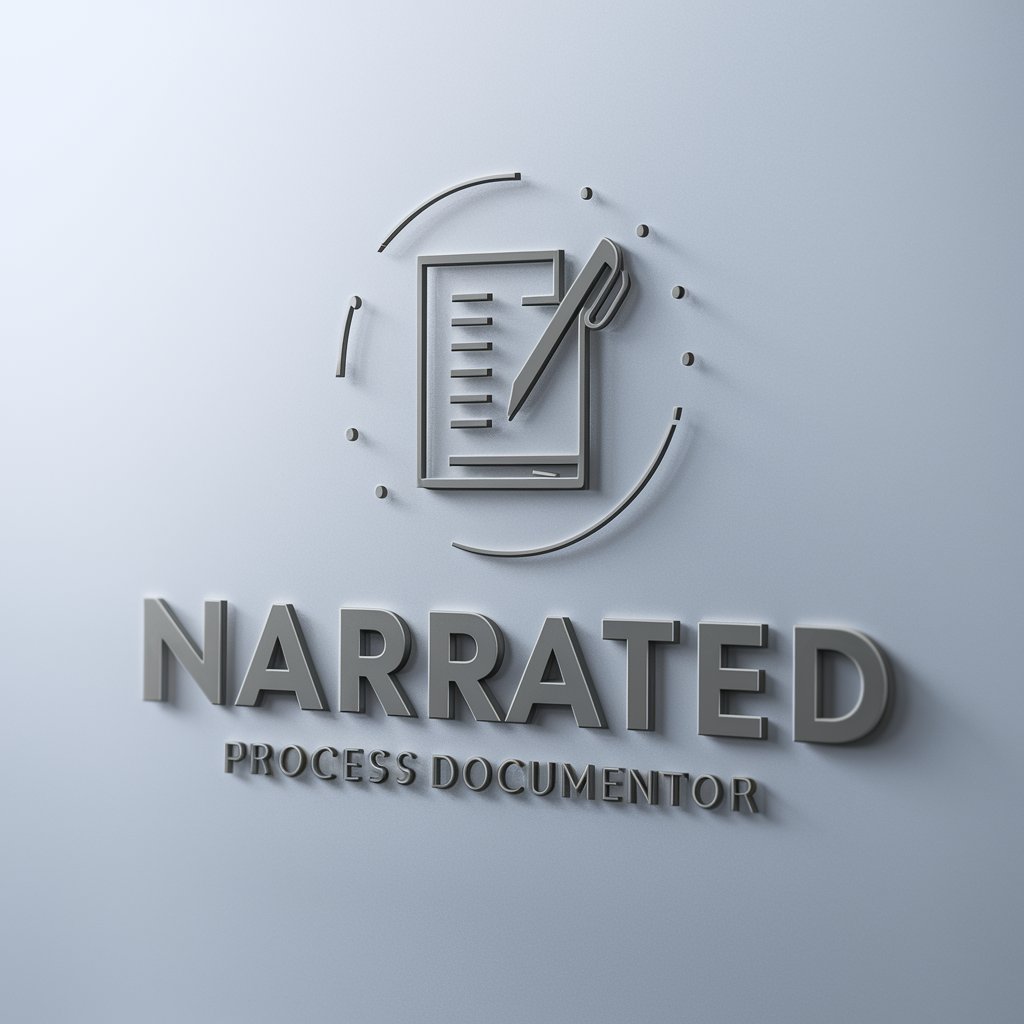
Asesor laboral
Empowering labor rights with AI

MDR Medical Device Classifier
Simplifying MDR compliance with AI

Inspirational Words
Elevate your mindset with AI-driven inspiration.

Words, words, words
Revolutionizing Lyrics with AI Wit
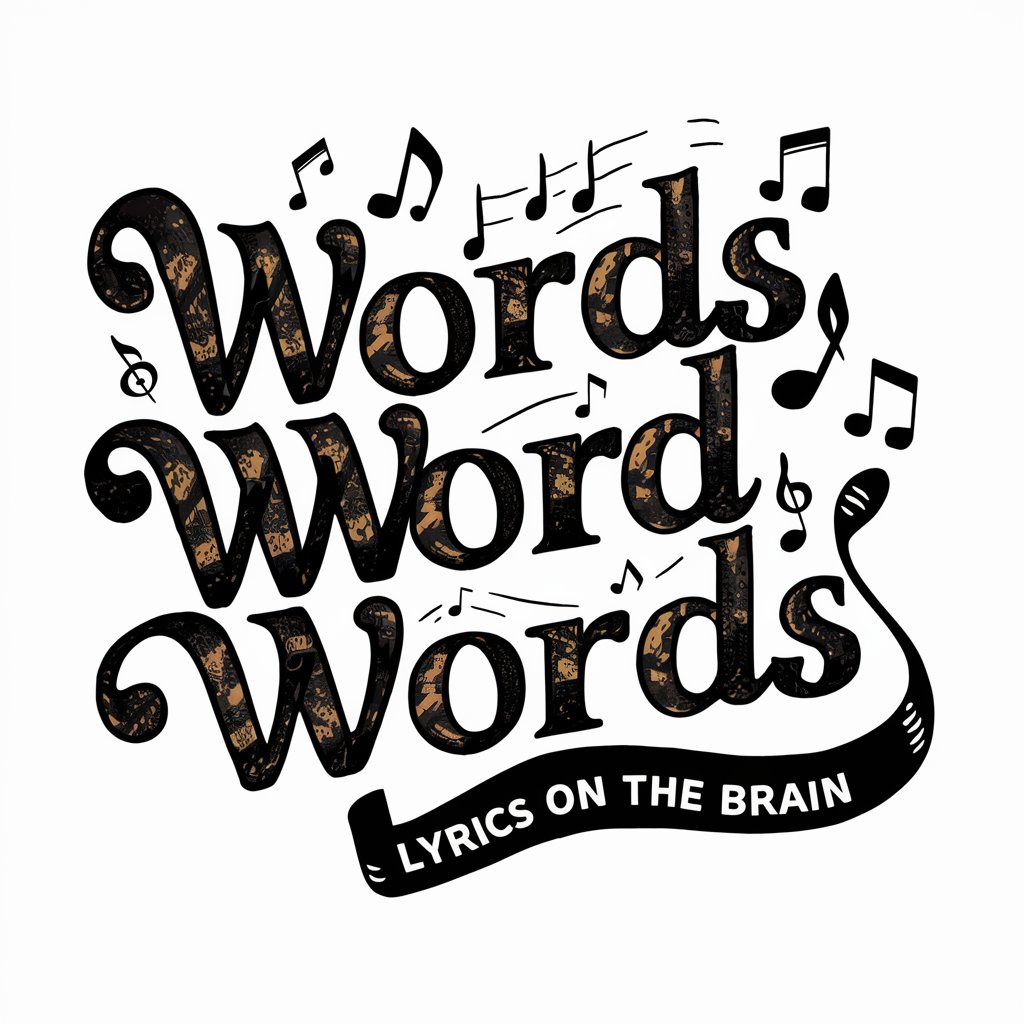
Bridging Words
Bridging linguistic barriers with AI power.
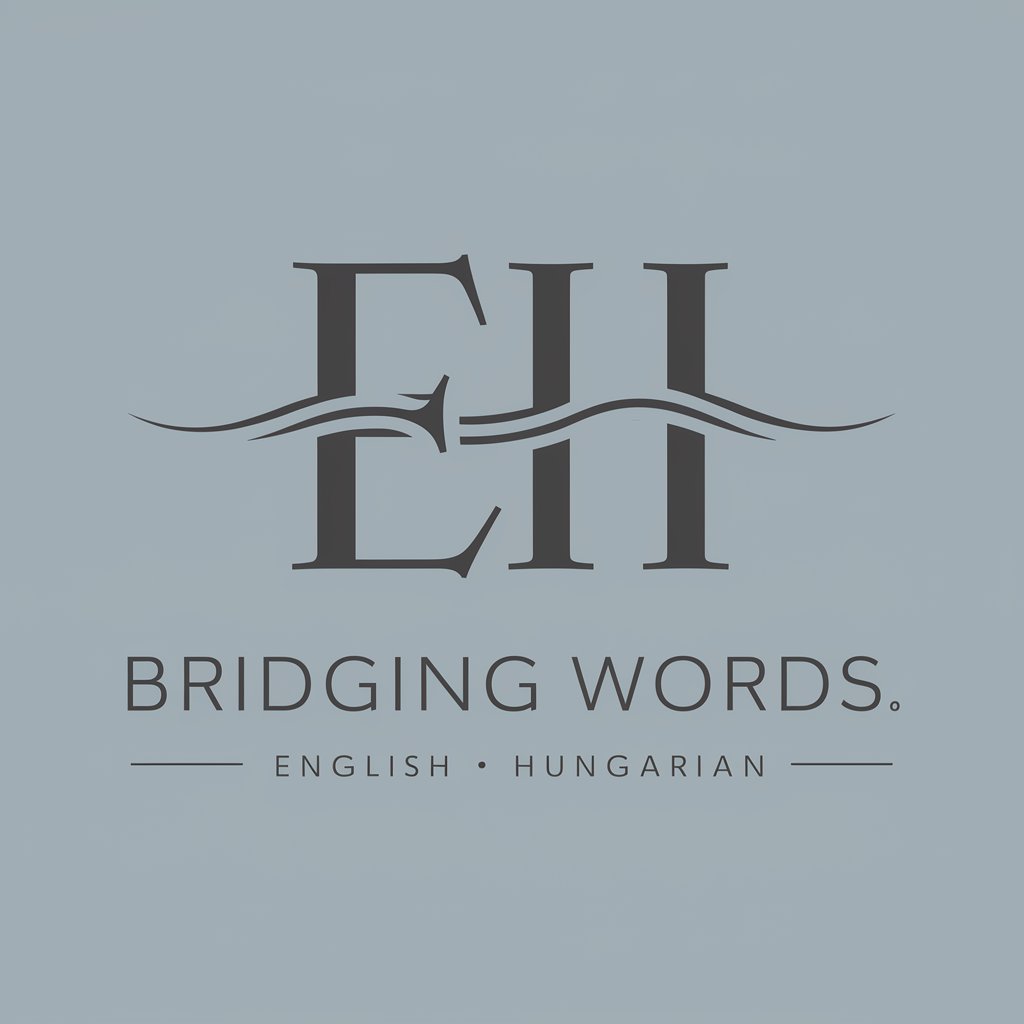
Better Words
Elevate Your Words with AI Empathy

Tudor Court Historical Fiction Inquiries
Can Tudor Court Historical Fiction create a story set in the court of Henry VIII?
Absolutely. By leveraging detailed historical research and a deep understanding of the period, the tool can craft intricate stories set in Henry VIII's court, complete with political intrigue, complex characters, and authentic settings.
Is it possible to use Tudor Court Historical Fiction for academic purposes?
Indeed, it is well-suited for academic endeavors, offering detailed insights into Tudor-era politics, society, and culture that can enhance research, papers, or projects focused on this fascinating period.
How accurate is the historical content provided?
The tool prioritizes historical accuracy, drawing upon extensive research to ensure that the narratives, dialogues, and descriptions reflect the realities of Tudor court life as closely as possible.
Can I request a dialogue between two historical figures?
Certainly. You can request dialogues between historical figures, which will be crafted to reflect their personalities, historical context, and the linguistic style of the Tudor era.
Does this tool offer insights into the daily lives of common people during the Tudor period?
Yes, in addition to focusing on the intrigues of the court, it also provides detailed portrayals of the daily lives, occupations, and social customs of the common people during the Tudor period.
